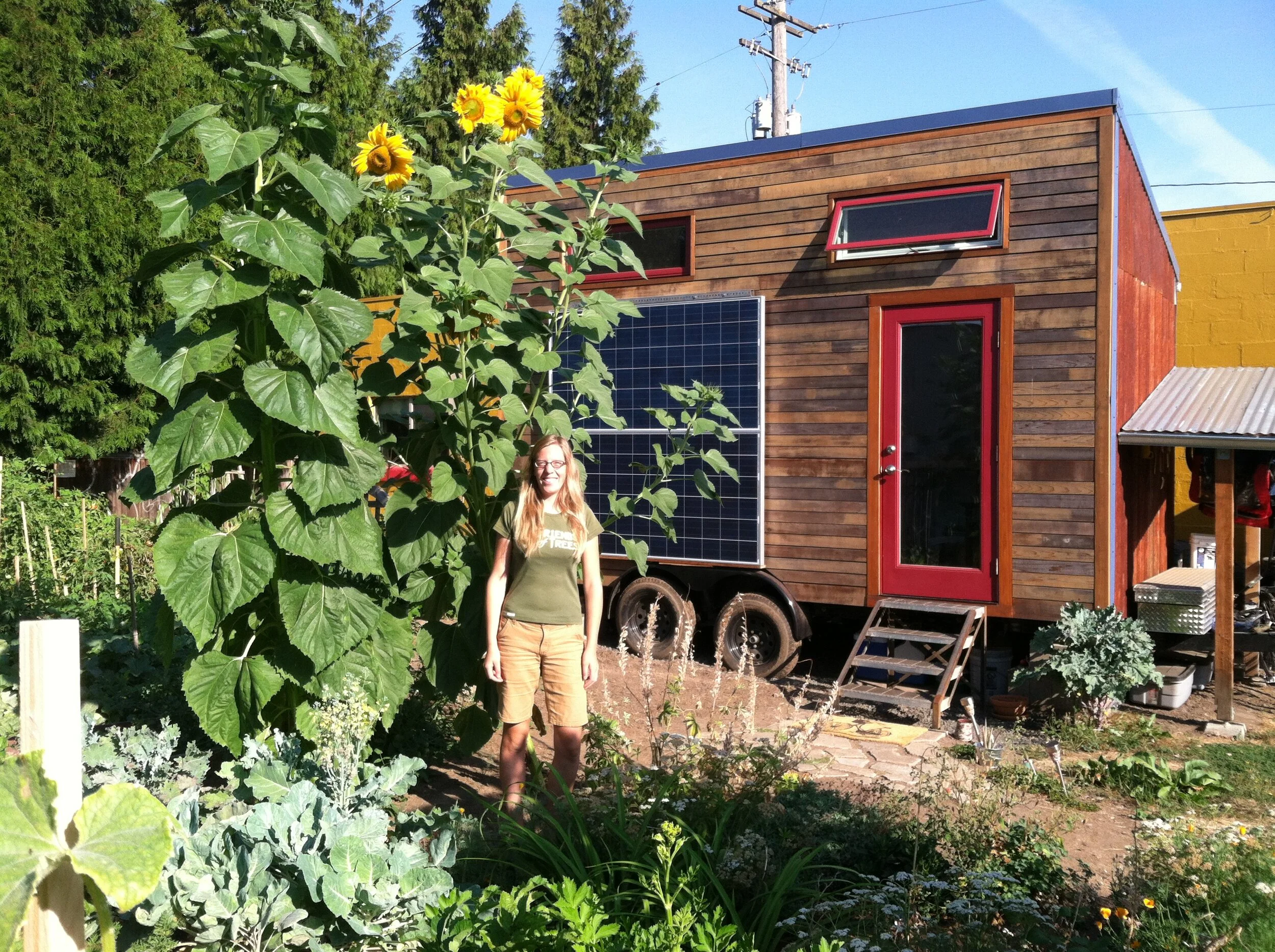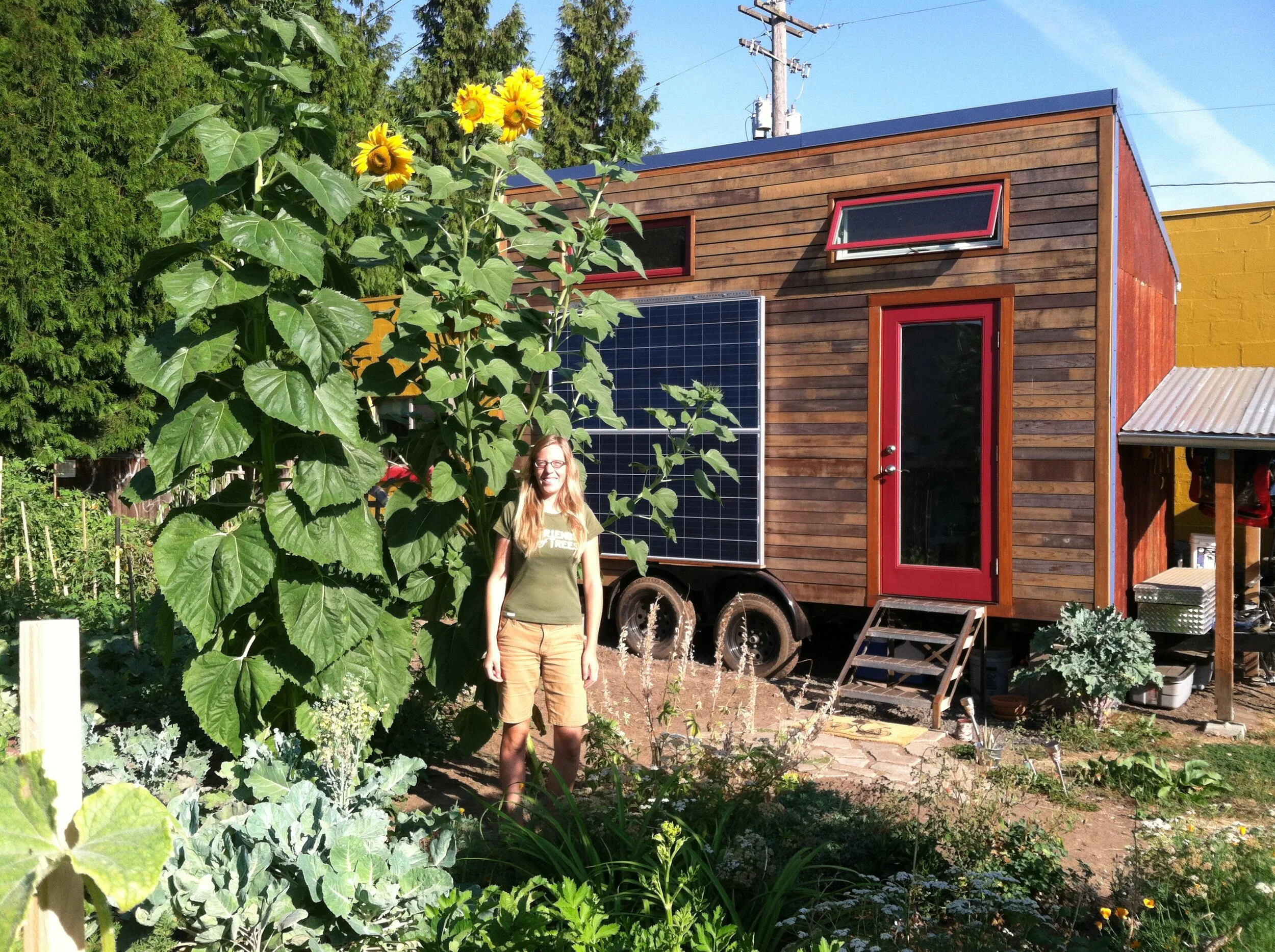Have you ever needed to hang something heavy on the wall and have trouble finding the wood studs? Well here are a few options that could make your life easier.
Use a stud finder tool: There are lots of brand and style options and none seem to always be consistent at finding the studs but they are a good starting point. Mark these locations.
Knock on the wall to locate the hollow points (areas between studs) and the solid points (the studs). The hollow points will sound more echoey. Mark these locations.
Once you have tried steps 1 and/or 2, grab a drill and 1/16” drill bit and drill a small hole where you think the stud is located. If it pokes through easily, try again. If it keeps drilling into something solid, you likely hit the stud! Check for wood shavings as you back out the bit.
If your anchor points don’t all match up with the studs, use drywall anchors.
That’s it!















